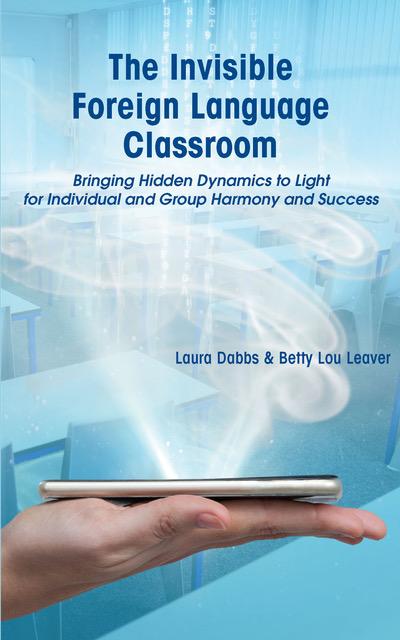Book Alert: The Invisible Foreign Language Classroom: Bringing Hidden Dynamics to Light for Individual and Group Harmony and Success

Released today! An in-depth guide for teachers seeking to understand dysfunctional classrooms and create a mathemagenic experience. A unique resource, based on experience with thousands of language learners. Based on Jungian psychology, using MBTI categories (with a passing reference to equivalents in Socionics), this book presents an explanation behind dysfunctional language classrooms (though much could apply to any K-16 classroom) and provides a heuristic for managing the classroom successfully. For each MBTI type, there is a section posing a teacher of that type and a classroom of randomly gathered types (as in real life). A discussion follows as to the source of any dysfunction, the way to accommodate all learners, an exploration of the probable comfort level of that teacher, and a posed question as to what would be the case if the class were the same but the teacher the polar opposite. Meant for application by teachers and for use in faculty development, it is a book that t...



